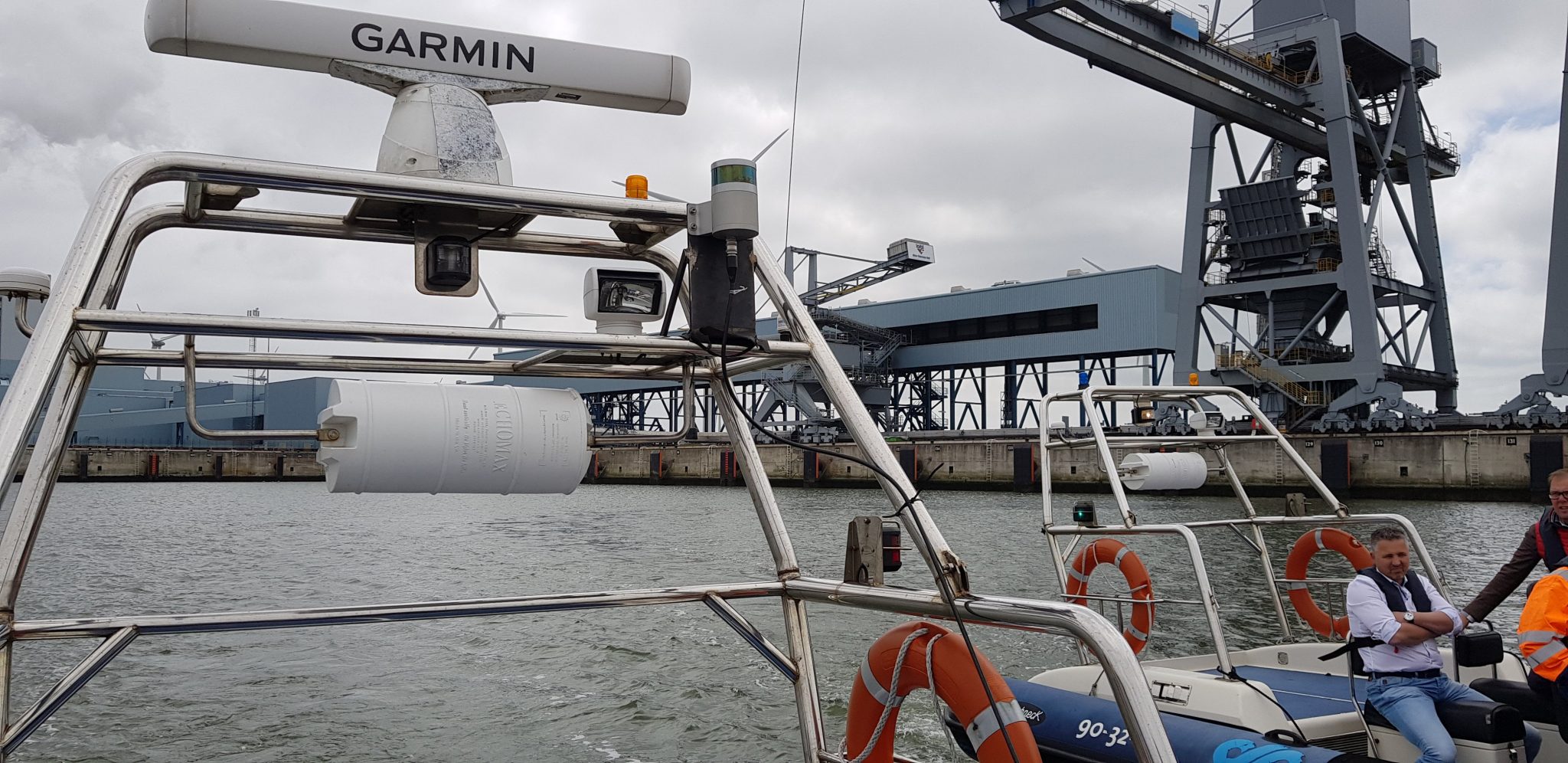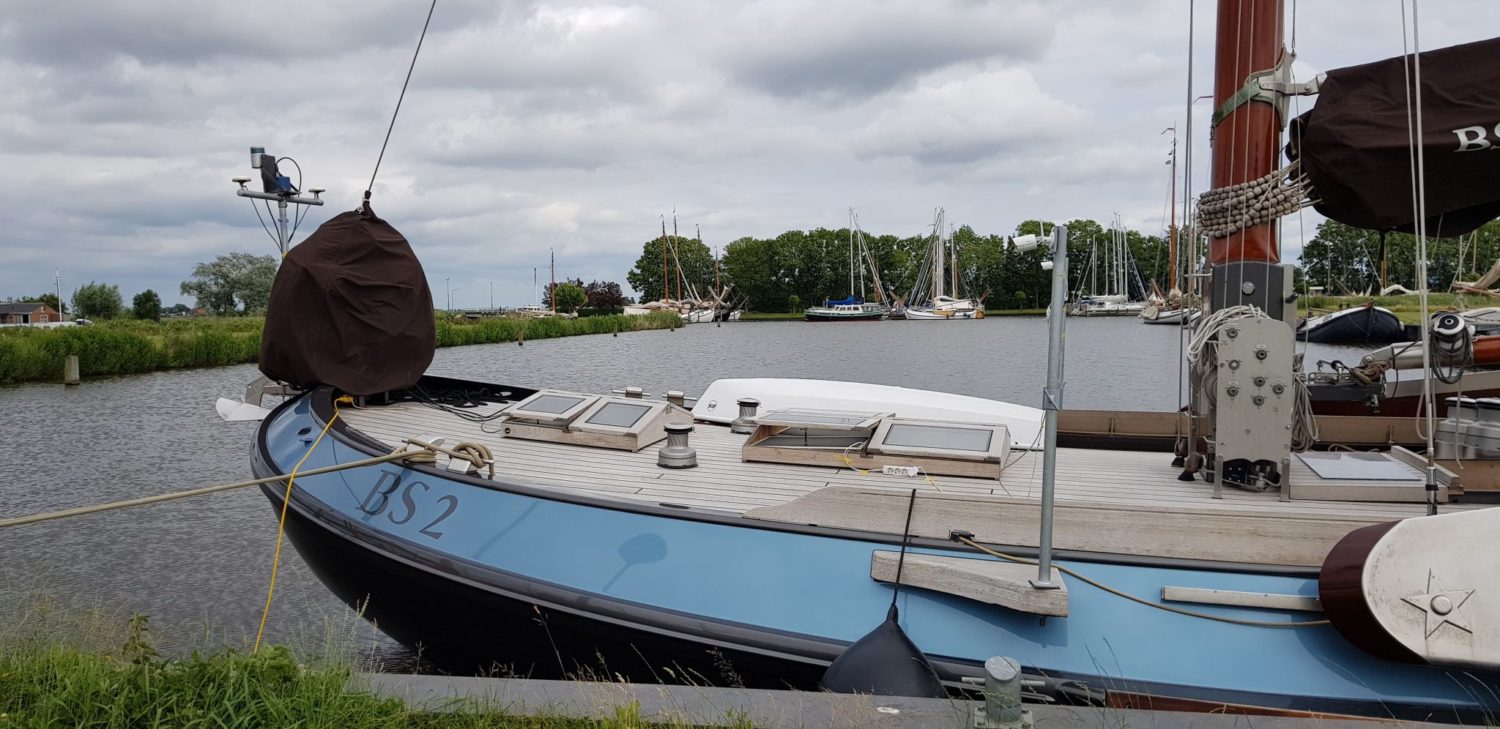In 2030, the captain is not on his or her ship, but ashore. In the "ship traffic tower," he will receive detailed information about different ships. About speed, course or technical condition. The ships themselves coordinate their schedules with locks, bridges and container terminals. Or, if there are problems, with their captain ashore. Then the captain takes over and can control several ships remotely.
And the sailor? Is also ashore, but in a different role. Unrealistic picture? "Certainly not," states Koenraad de Haas of Marinminds, "but then we have to operate step by step and realize small practical applications.
The goal: boating assistance for pleasure boating
De Haas has worked in the automotive industry for many years and witnessed many developments. 'In recent years, among other things, we have been working on technology that helps drivers drive more safely and easily. Think of cruise control, automatic parking and automatic distance keeping. Of course, we can also apply this in shipping.'
De Haas was born and raised in Friesland and that is where his affinity for water sports and shipping comes from. "Via via, I ended up with yacht builders: how can we use technology from the automotive industry for shipping? This drove him to found the startup Marinminds, which primarily seeks practical applications. It helps that I have a large and handy network, so that we can look together at what exactly is needed and how we can realize that in small steps'.
Example: 'Boats are increasingly rented or leased rather than bought. This means that drivers often have less experience, or just want to go boating for a day without having to learn too much about the boat itself or the rules on the water. So they need boating assistance. We invent applications that can make this happen: lessor happy, driver happy. But, we are not that far yet.'
The start: unmanned craft on the water
'We are currently building an unmanned vessel that takes measurements on inland waters and the open sea,' De Haas says. 'Think soil research, water quality testing and inspections of quays, dams, bridges and locks. This vessel can support wind farm construction, rescue operations, placement/maintenance of fairway markings such as light buoys, beacons and barrels, and enforcement or traffic control.'

The vessel will continue to be used to further develop autonomous systems. This will allow it to perform its operations more and more independently. 'We make sure that the systems function properly and are well tested before they are applied to larger, manned vessels.'
TO REALIZE AUTONOMOUS BOATING ON A LARGE SCALE, THERE IS A HUGE TECHNICAL, LEGAL AND FINANCIAL CHALLENGE
Netherlands and Scandinavia leaders in autonomous sailing
Whereas Marinminds is currently mainly working on practical applications for work on water and pleasure craft, other parties are working on a larger scale. Delft University of Technology is leading the way in Europe in this regard, along with Scandinavia. TU Delft works closely with the entire shipbuilding world, including research institutes Marin and TNO, pilotage, shipping companies, technical inspection companies, major shipbuilders, suppliers, ministries, industry associations, ports and inland skippers. Besides the technical challenge (ships must be completely redesigned), there is a huge legal and financial challenge.
The role of NOM
But what is NOM's role in this story? 'A sub-project of the Region of Smart Industries is Smart Sailing,' says De Haas. 'We are working with partners who were already developing innovative sensor systems and models in the Smart Sailing project. NOM found autonomous sailing so interesting that we started talking to each other. After this, NOM put us in touch with SNN for subsidies, helps us meet the right conditions for investors, helps strengthen our business model, and puts us in touch with new (regional) suppliers and potential customers.'
BENEFITS AUTONOMOUS BOATING
Freight transport can be 30% to 40% cheaper through central coordination, among other things. As a result, freight will be transported more often by ship than by car. This means much less transport of goods
on the road, which has other advantages (environment, traffic jams). Autonomous sailing is safer. Currently, 75% to 95% of accidents at sea are partly caused by human activity.
